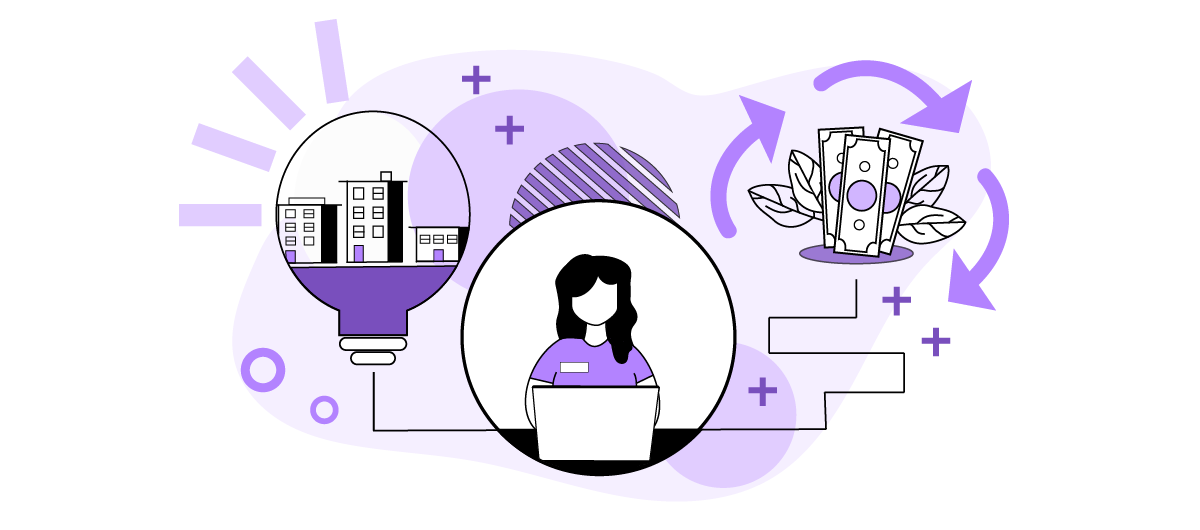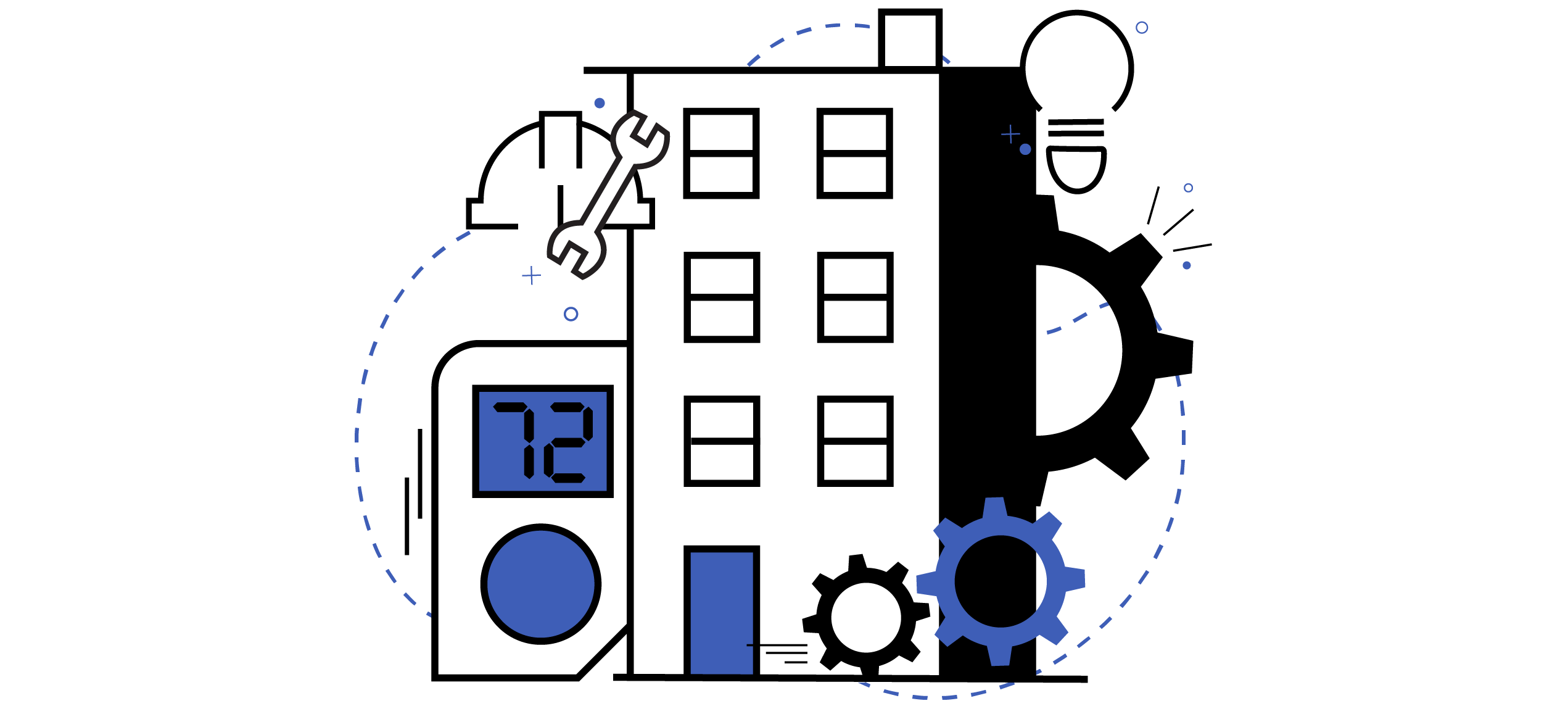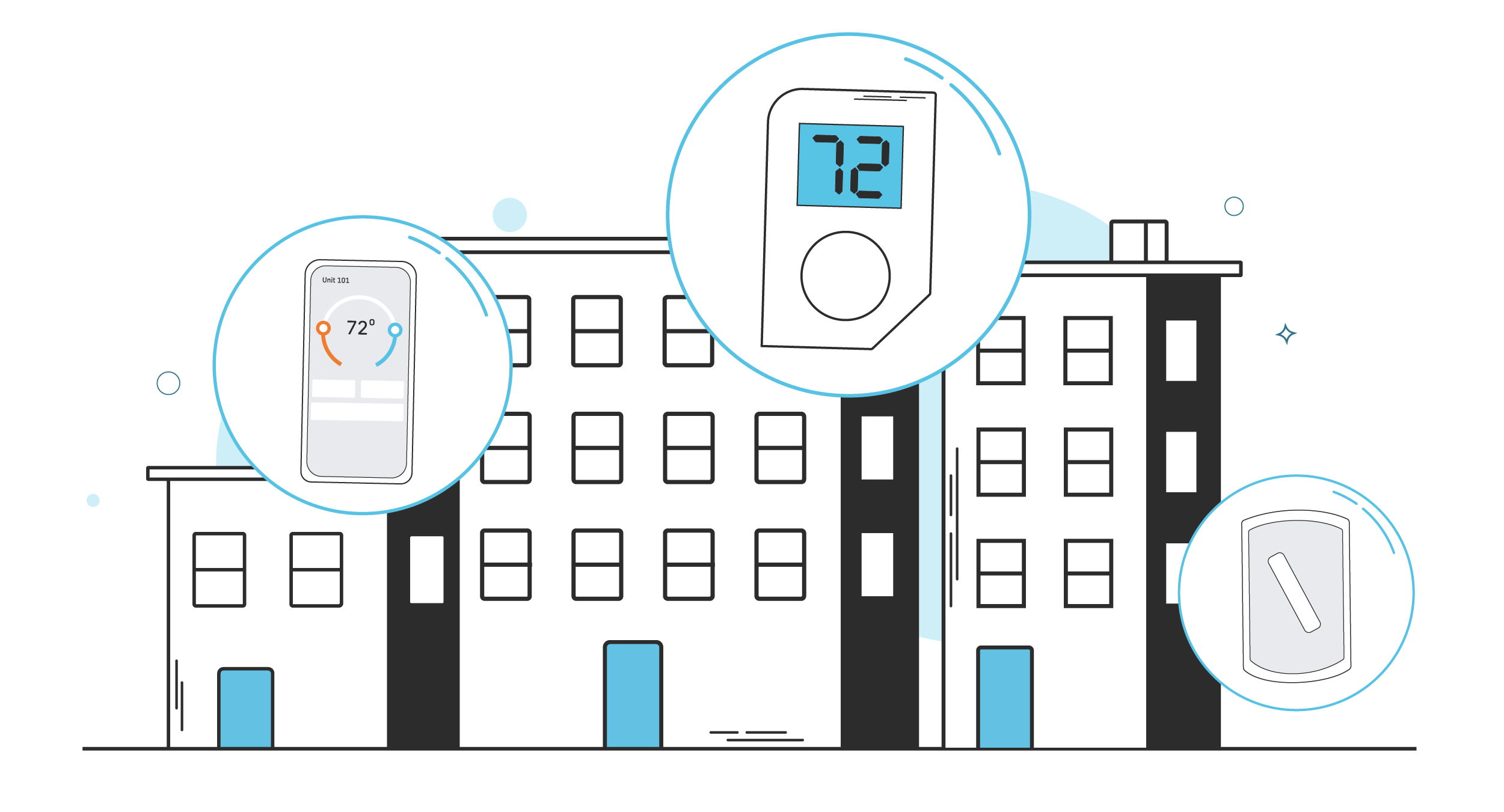How to Use IoT Technology to Create an Energy Management System for Energy Efficient Apartments
As one of the most sought after multifamily smart home technologies today, IoT smart devices from locks and thermostats to lights and leak detectors are critical to building a sustainable, effective energy management system in any apartment community. Beyond the obvious operational efficiencies and conveniences provided by implementing a top notch IoT ecosystem, it’s important to also consider the associated sustainability and energy savings opportunity. So, let’s take a quick dive into the relationship between IoT technology and an energy management system.

Introduction to IoT and Sustainability Technology
If “IoT” is a foreign term to you, here’s a quick and simple definition:
“IoT”, or the “Internet of Things” describes a system of connected devices that communicate with each other via a common network (like WiFi or bluetooth, for example).
So what does that have to do with sustainability? I’m glad you asked.
A good IoT system for apartments is one that allows you to ditch the keys and old-school hardware and replace them with smart devices that have sensors and remote control capabilities. However, a great IoT system is one that bundles that same connectivity into a neat, energy efficient package. At the intersection of IoT and Sustainability Technology is an Energy Management System (“EMS”) that helps monitor and control energy consumption (and, resultantly, operational costs).
Understanding Energy Management Systems
An Energy Management System describes a system or software that monitors, controls and/or optimizes energy consumption. In its most simple form, this can be conveyed as a smart thermostat. On a broader and more complex scale, the operating system that generates and distributes power from the electrical grid is also an EMS. We’ll focus more on the former example.
An energy management system in the context of IoT allows you – as an apartment operator or resident – to control and monitor an entire IoT ecosystem across your individual unit or property (or both). Going back to our previous example of the basic EMS, Quext IoT’s hub-embedded smart thermostat can follow heating or cooling schedules, or even use an internal sensor to sustain a specific room temperature – all while reporting this information to the Quext IoT mobile app where it can be monitored remotely.
As we begin to connect other Quext IoT smart devices to this system, like lights, locks, and leak sensors, you can see how we have not only introduced a streamlined IoT network, but an EMS that allows us to create an energy efficient community. Therein lies the greatest opportunity for apartment operators and management teams (at least, for those who want to maximize their investment and the resident experience).
The Importance of Energy Efficiency in Apartments
We touched on this earlier, but it’s important to connect the dots between energy efficiency, operational efficiency, and cost efficiency. There are a plethora of reasons why energy efficiency benefits apartment operators and residents. Prioritizing energy efficiency in apartments isn’t only about reducing a community’s carbon footprint (though that’s still a great reason to do it), but it’s also an ideal way to manage energy costs, improve resident satisfaction, and boost property values. And with the right IoT partner, you can reap all of the benefits of Sustainable Technology and energy efficiency while capitalizing on operational efficiencies. Which leads us to our next point…

Benefits of IoT Technology in Energy Management for Apartments
… IoT technology and energy management should go hand-in-hand. Because of how capable modern day IoT solutions are (or should be), implementing one without the other is a missed opportunity. An ideal IoT solution should not only offer the conveniences of smart devices in apartments and common areas, but it should also have intelligent features and sensors that enable you to make your community energy efficient, down to each individual unit and even the rooms within them. That’s why industry-leading IoT solutions like Quext IoT have risen to the top, with features that allow you to maximize energy efficiency not just on a property-wide level, but down to individual rooms in applications like student housing.
Smart Thermostats for Efficient Temperature Control
One of the best places to start with energy conservation and efficiency in your community is going to sound obvious: your thermostats. On average, heating and air conditioning accounts for over half of a U.S. household’s annual energy consumption, making thermostats the centerpiece for prioritizing energy efficiency. That’s also why we built our patented Quext IoT thermostat with hub-embedded technology, making it the focal point of our IoT solution. A good thermostat comes equipped with critical features that allow you to monitor and control settings in real-time to maximize energy savings and grant convenient user access.
Smart Lighting Solutions for Energy Savings
A great supplementary effort for energy savings is to consider smart lighting solutions. Smart lights these days come loaded with features from motion sensing to voice activation that can all help curb energy usage. What’s impressive is that smart LEDs use significantly less energy than incandescent bulbs and even CFLs, while also emitting little to no energy as heat, which makes them incredibly energy efficient – not to mention the fact that LED lights require less wattage and last considerably longer.
Have questions about Energy Management Systems and IoT technologies and not sure where to start? Feel free to use our contact form, or check out a previous blog post where we discuss some of the best ways to pilot smart technologies at your apartment complex.


